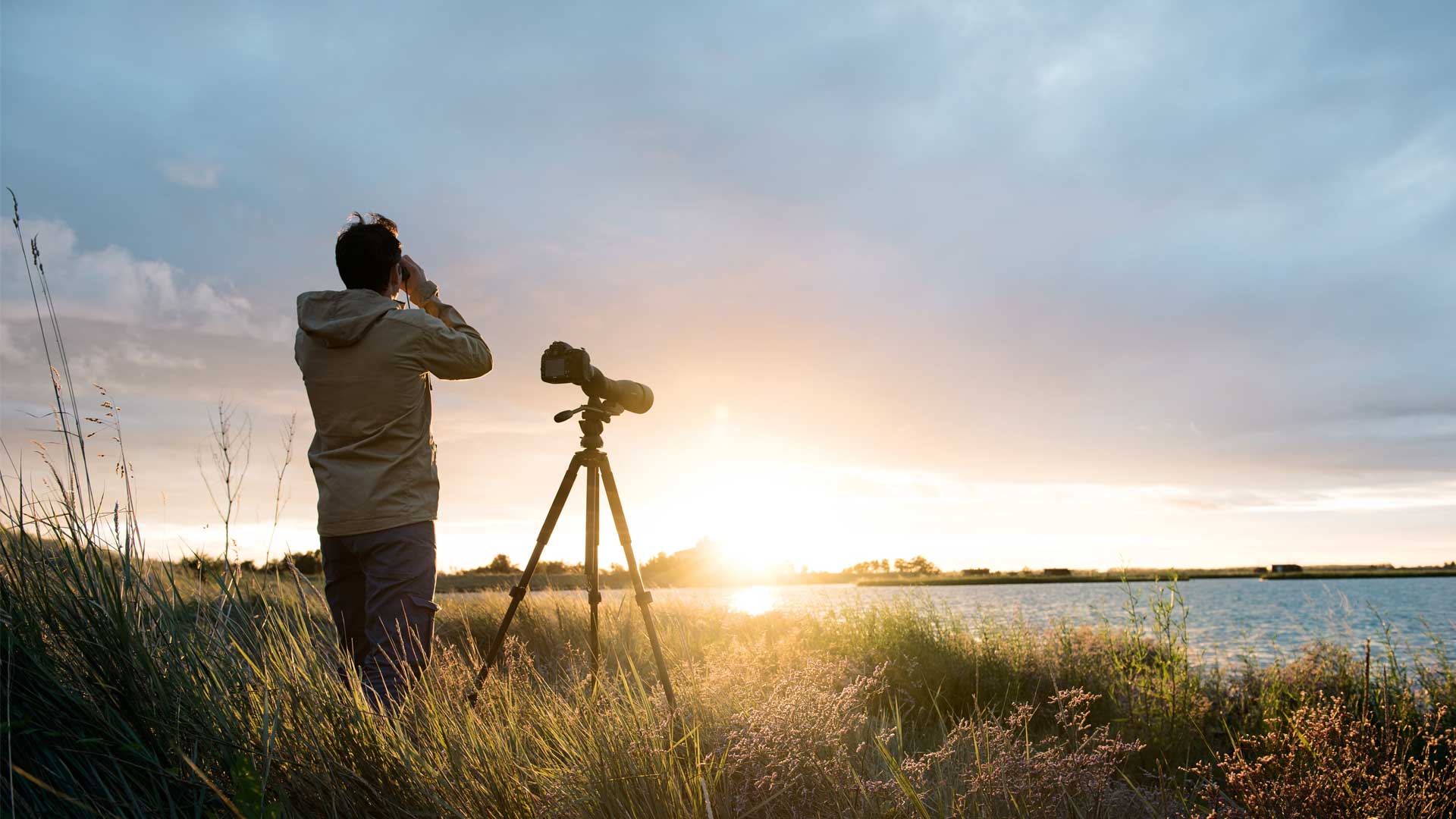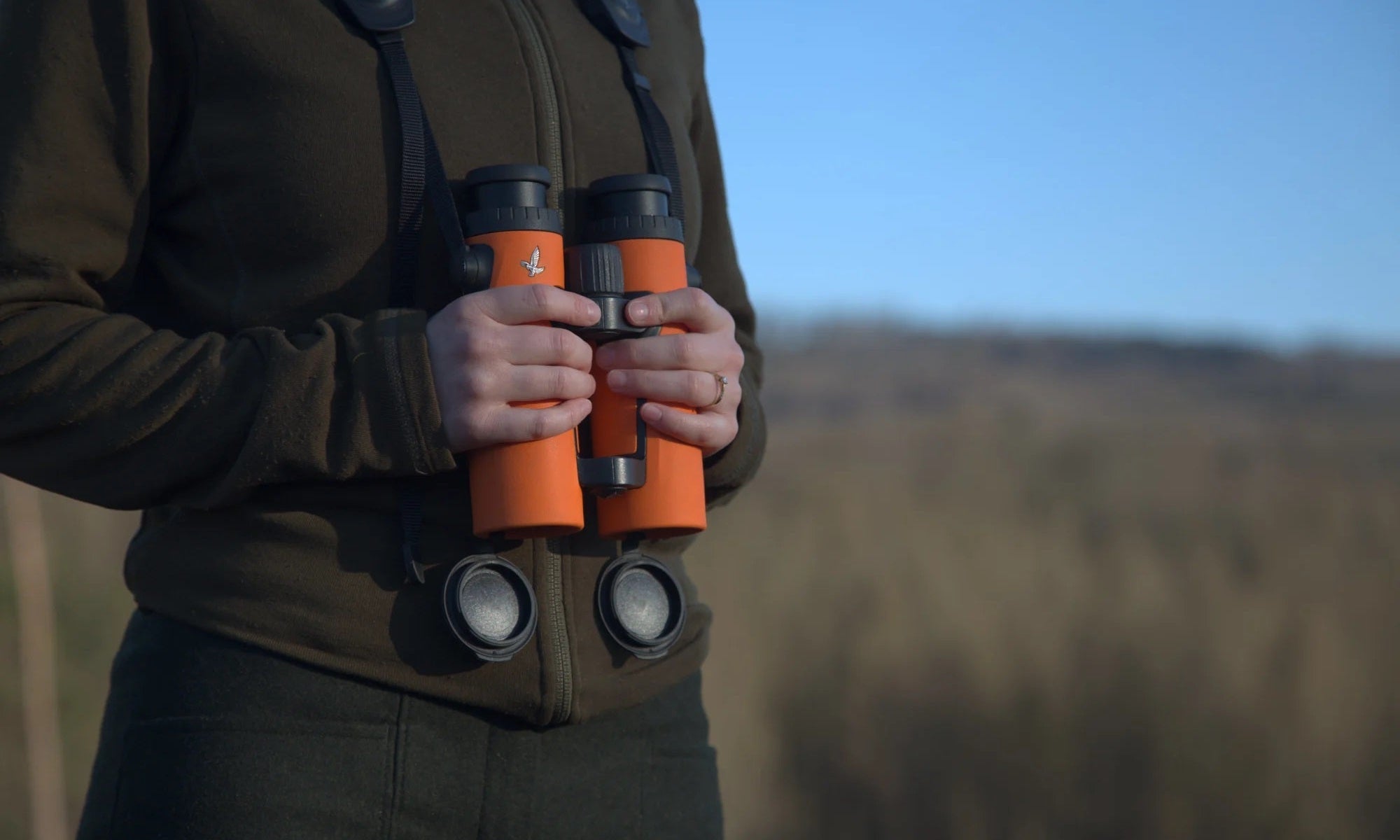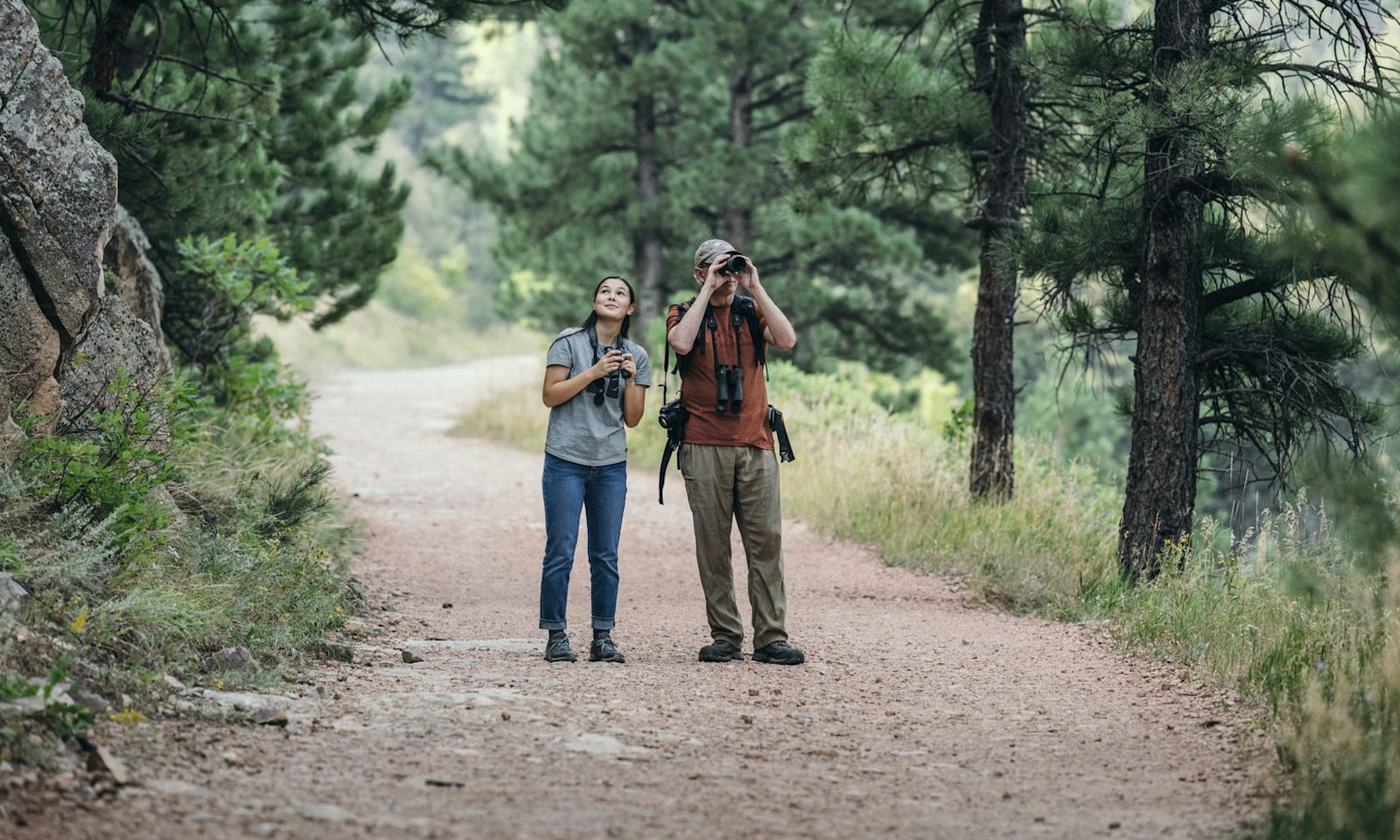Introduction
Once you’ve chosen your spotting scope, the next critical decision is your tripod. A high-performance scope is only as effective as the support system beneath it. Cheap tripods compromise your investment so don’t overlook this essential accessory.
Tripod Types: Aluminum vs. Carbon Fiber
Aluminum Tripods
-
Budget-friendly
-
Strong and stable
-
Heavier for extended carry
-
Colder to the touch in cold weather
Carbon Fiber Tripods
-
Lightweight for long hikes
-
Better vibration dampening
-
Warmer to handle in cold conditions
-
Generally more expensive

Get the Right Fit
When selecting a tripod:
-
Match height to your eye level.
A tripod that’s too short will force you to raise the center column, which significantly increases vibrations especially with heavier optics. -
Match stability to your optic’s weight.
Larger spotting scopes need a sturdy, vibration-resistant tripod. Using just the scope without a tripod will lead to frustrating image shake. -
Balance your priorities.
Consider optic size, your height, and your budget. Portability is key for backcountry use, while sturdiness may be more important for stationary setups.
Tripod Tips from the Field
-
Choose a tripod that's comfortable for extended use.
A proper height means less fatigue and better viewing experience. -
Consider your environment.
In colder regions, carbon fiber won’t freeze your fingers the way aluminum will. -
Don’t max out the center column.
Keep your tripod legs extended instead, it reduces instability and shake.
Still Have Questions?
Your scope and tripod are the foundation of a great glassing experience. For expert help matching your gear, call us at (928) 443-5900, or contact our team.
Want to Learn More?
Visit our Understanding Optics Guide for deeper insights into magnification, lens coatings, light transmission, and how to make sense of field specs when choosing gear.
















